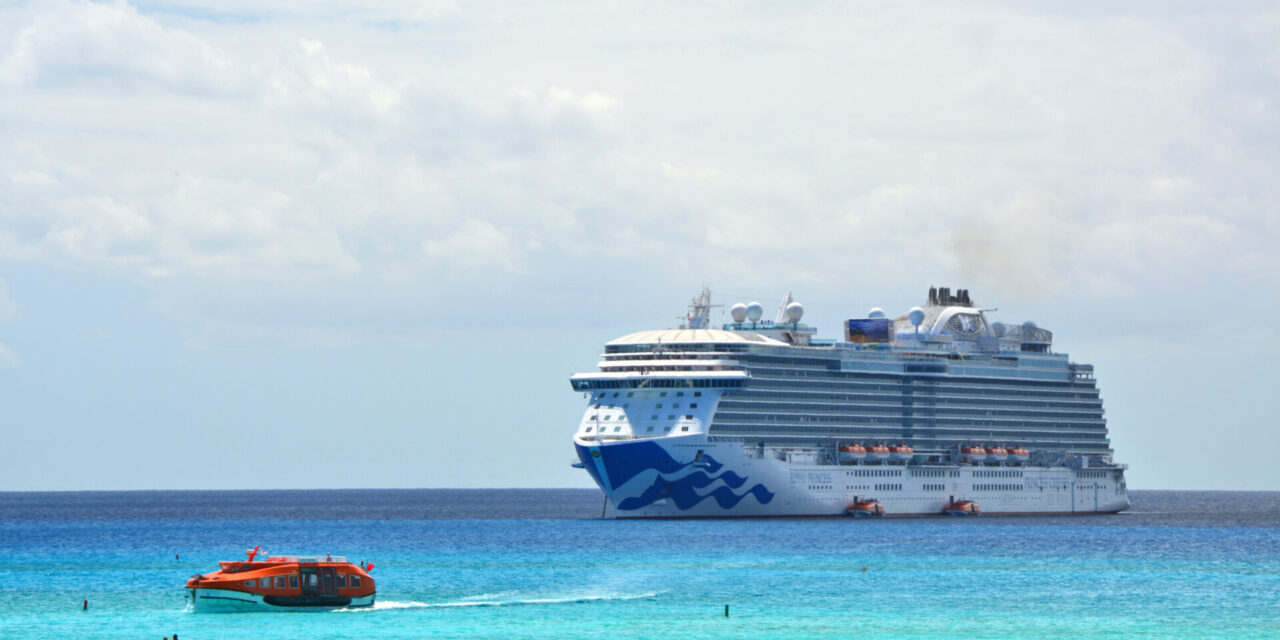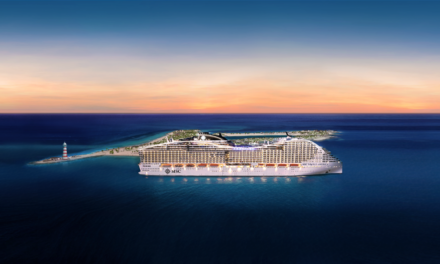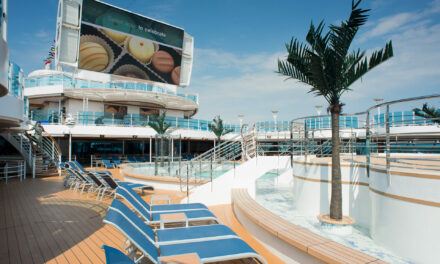One of the best things about cruise holidays is that you can visit several incredible destinations in one trip. However, to see some of these smaller destinations, you may need to use a cruise ship tender.
In the article below, we share everything you need to know about cruise tenders, including frequently asked questions such as:
What is a cruise ship tender?
Why do cruise ships need tenders?
How do I get to port from the cruise tender?
Do I have to use a cruise tender?
What is a cruise tender?
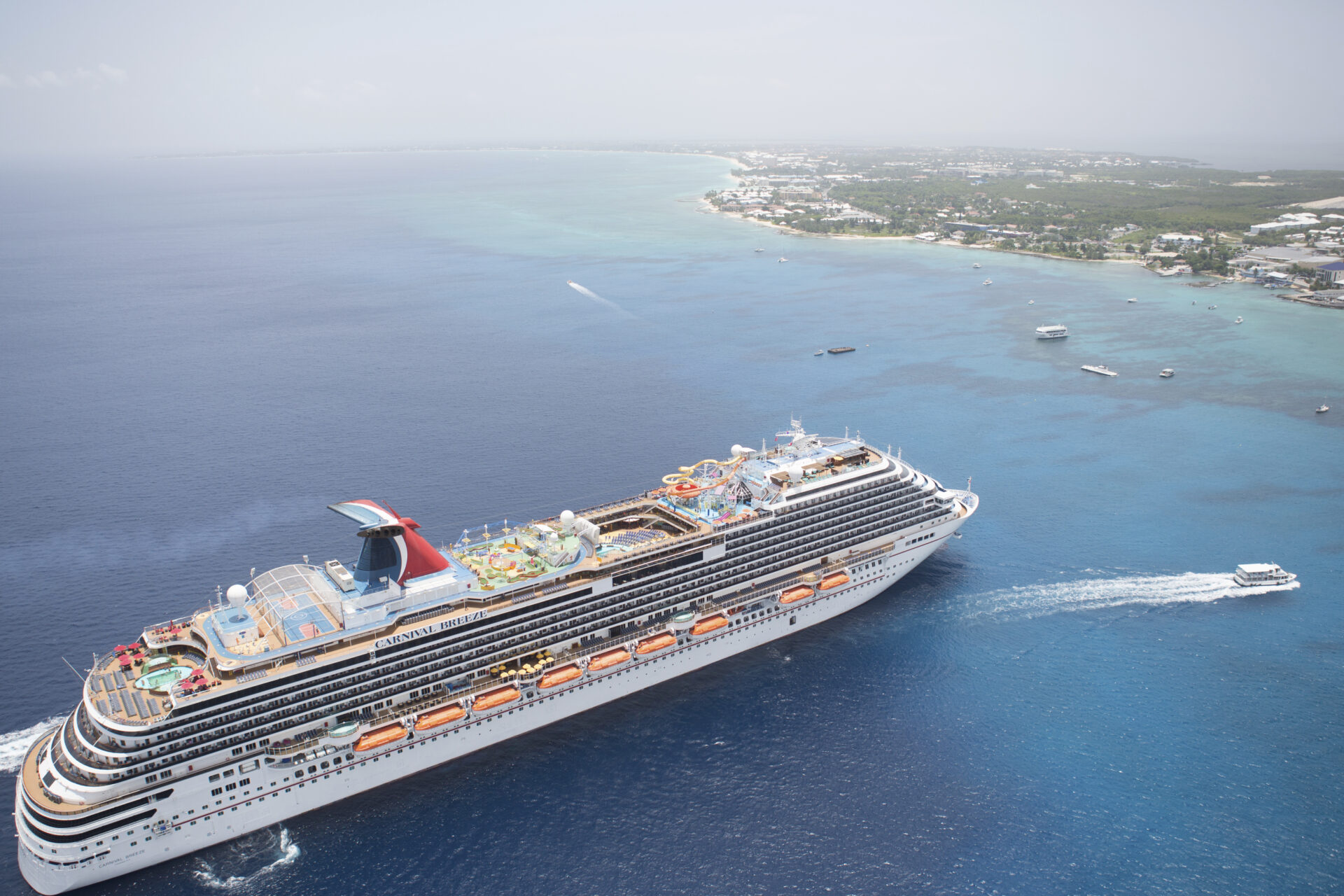
A cruise ship tender is a smaller boat used to get passengers from ship to shore. Although these boats are significantly smaller than cruise ships, they can usually still carry up to 200 people.
Cruise ships may have their own tender boats, and, in these instances, often the tenders are lifeboats too. Alternatively, a cruise line may hire small private vessels to tender passengers from the cruise ship to the port.
Why do cruise ships need tenders?
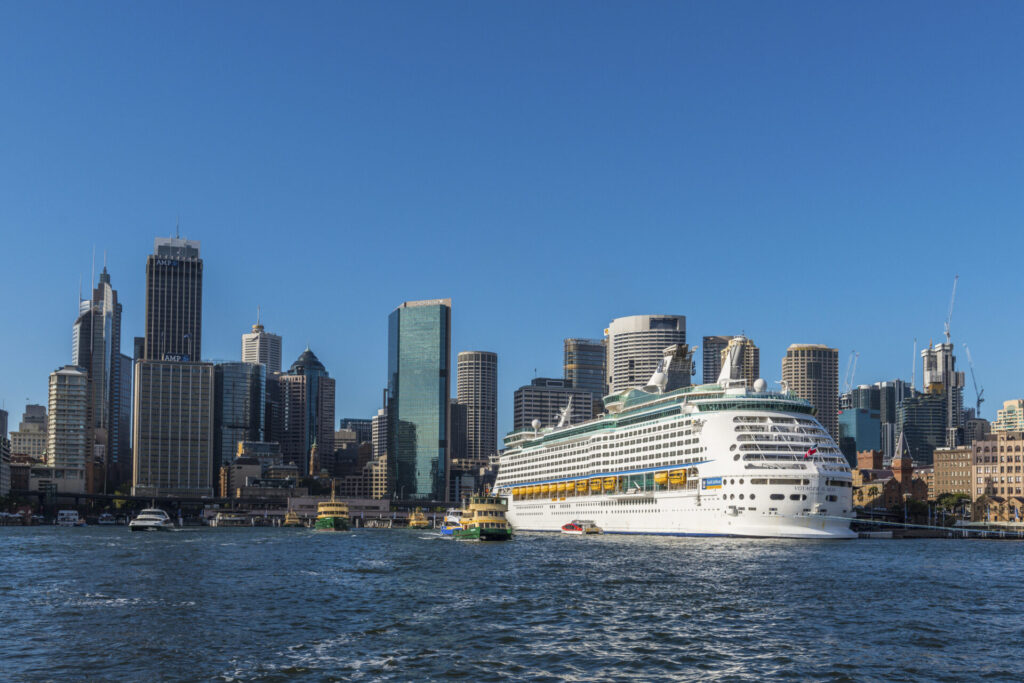
At most of the main ports worldwide, when a cruise ship docks, cruise guests can disembark via a pier, simply walking from the vessel to the port. However, in smaller ports, a cruise ship can sometimes not dock in this way.
It may be that the port is too small to handle vessels the size of cruise ships, they may not have a pier to dock at, or the waters in the harbour may be too shallow or narrow.
Another reason why cruise ships need tenders is when smaller ports have a pier that only has space for one cruise ship. If a further ship needs to dock, it will then need to use cruise ship tenders.
Do all cruise lines use tenders?

A port is a tender port depending on the specification of the cruise ship. For example, some smaller ports will be able to accommodate small cruise ships while all larger cruise ships use tenders.
However, as more ports are expanding and developing their facilities for cruise ships, cruise ship tenders are becoming less common and are being replaced by docking at piers.
A cruise ship’s tender boats also vary depending on the size and type of cruise ship. The tender boats on large cruise ships are often enclosed, aiming for maximum protection against the elements.
They’ll also often have flat bottoms for a smoother, more stable ride. Tender boats on small cruise ships or expedition-type ships may be simpler and open-air.
Getting to port from a cruise tender
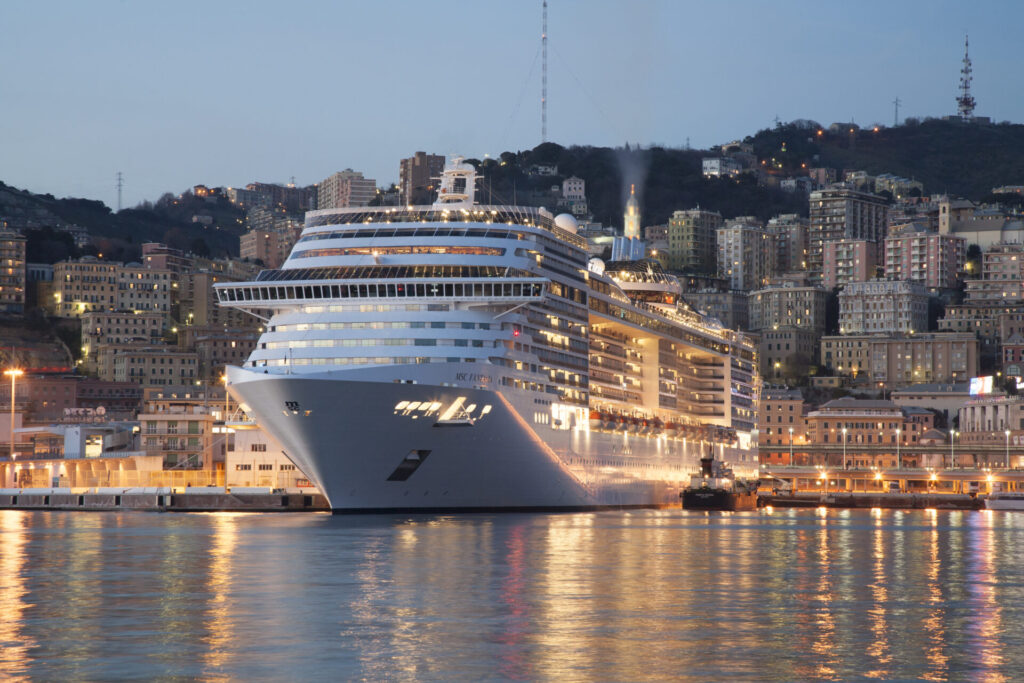
When using a cruise tender to get to port, there are a few things of which you should be aware:
Research before you book
If you are not keen on travelling on smaller boats and are wondering if you have to use a cruise tender, you can check which ports don’t require them in advance.
Most cruise lines now publish a list of tender ports that feature on their itineraries. Also, look out for ‘possible tender’, which are those ports that may use tender boats on occasions like those described above.
You can also speak to your cruise line or cruise consultant, who can advise on cruise itineraries where you will not have to use a cruise ship tender.
Check the mobility requirements
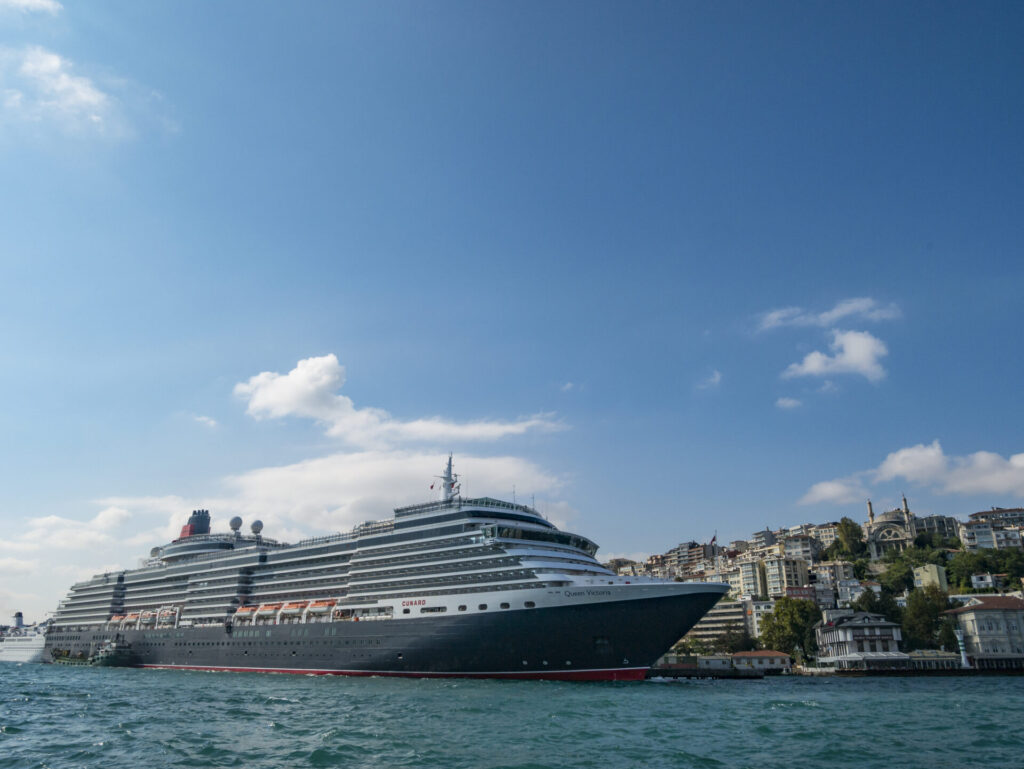
Getting in and out of a tender boat can be tricky, as moving from one vessel to another will not be as stable as disembarking onto a pier. You’ll also have to climb steps and step across a gap between the cruise ship and the tender boat.
Some cruise lines provide assistance for people using wheelchairs or with limited mobility. However, on some occasions, the cruise tender is only suitable for those without mobility issues. Your cruise line or consultant can also provide specific advice on the cruise tender requirements for the itineraries you are interested in.
Be prepared for queues
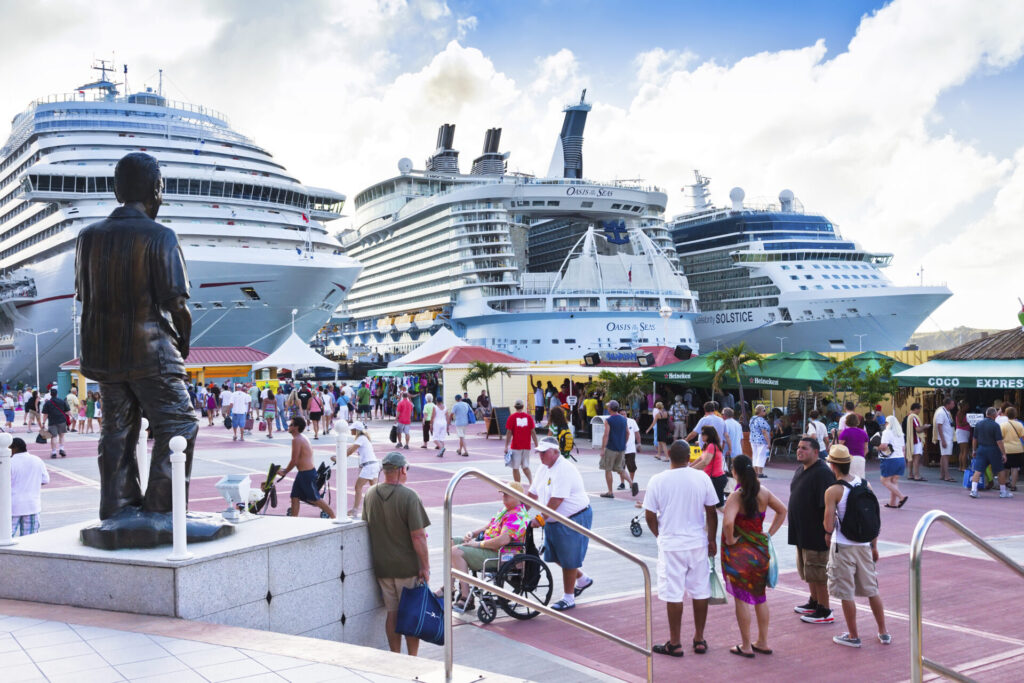
Getting hundreds or thousands of guests off a cruise ship to the port takes time. Even with several tender boats, there will likely be queues for the first tenders of the day.
Many cruise lines use a ticketing system to organise the tendering process. Some cruise lines also offer priority boarding to guests of upgraded cabin categories or loyalty schemes.
However, if you don’t have priority and want to avoid waiting around, opt for a later tender boat and enjoy some extra time on the cruise ship instead.
Take precautions if you’re prone to seasickness
If you tend to get seasick on smaller boats, it’s worth taking medication before boarding the cruise ship tender. Although it’s usually not a lengthy transit, the water may feel choppier on these smaller vessels.
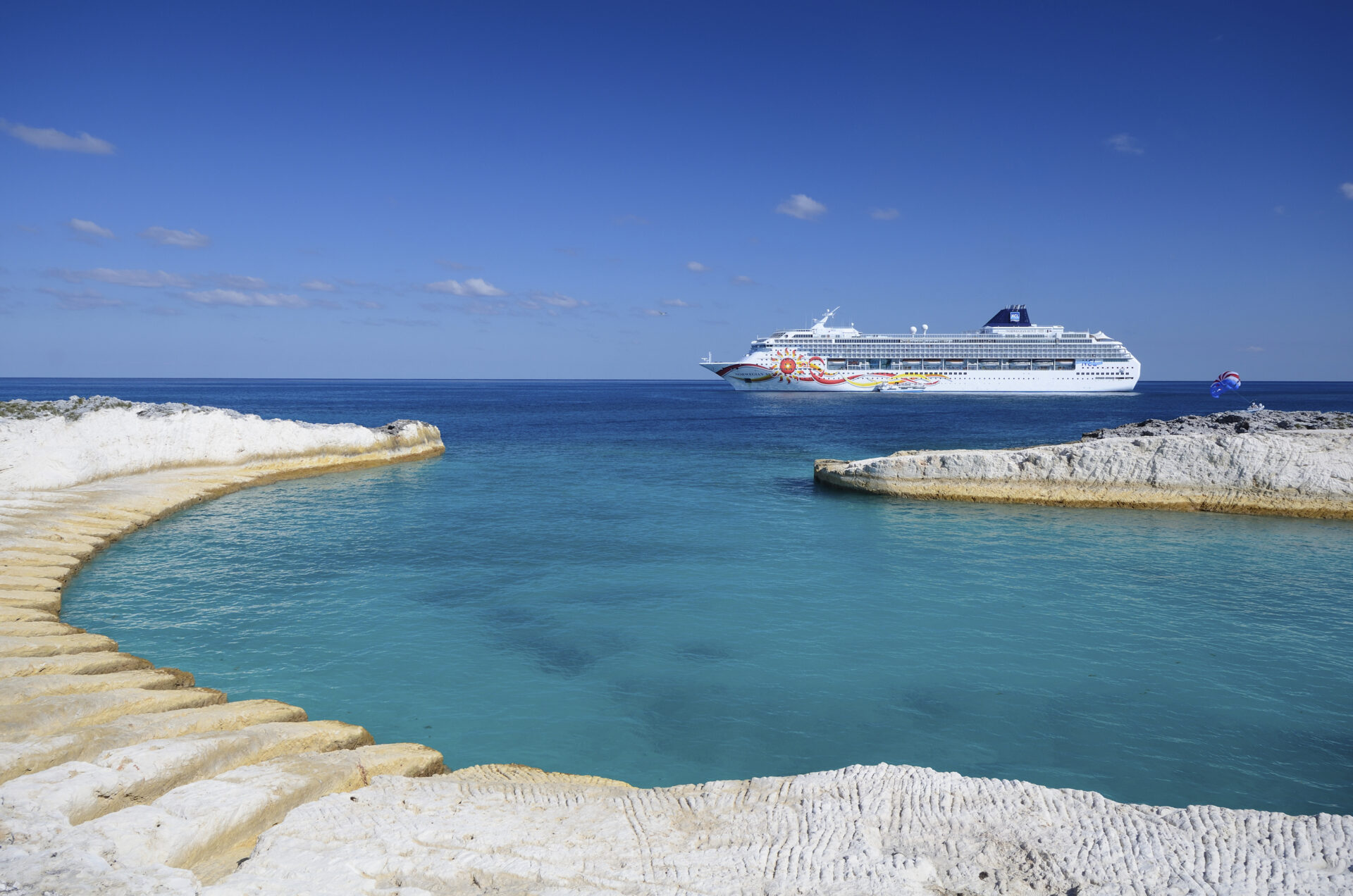
Don’t get left behind
Check when the last tender boat travels back to your cruise ship and ensure you are on time. In fact, it’s actually a safer option to aim for an earlier tender, as missing the last tender boat will likely result in the cruise ship leaving port without you onboard!
Tender ports can be skipped in bad weather
If the winds are too strong or the sea is rough due to bad weather, a cruise ship may not stop at a tender port as it is too risky for its guests to transfer between vessels.
The benefits of tenders
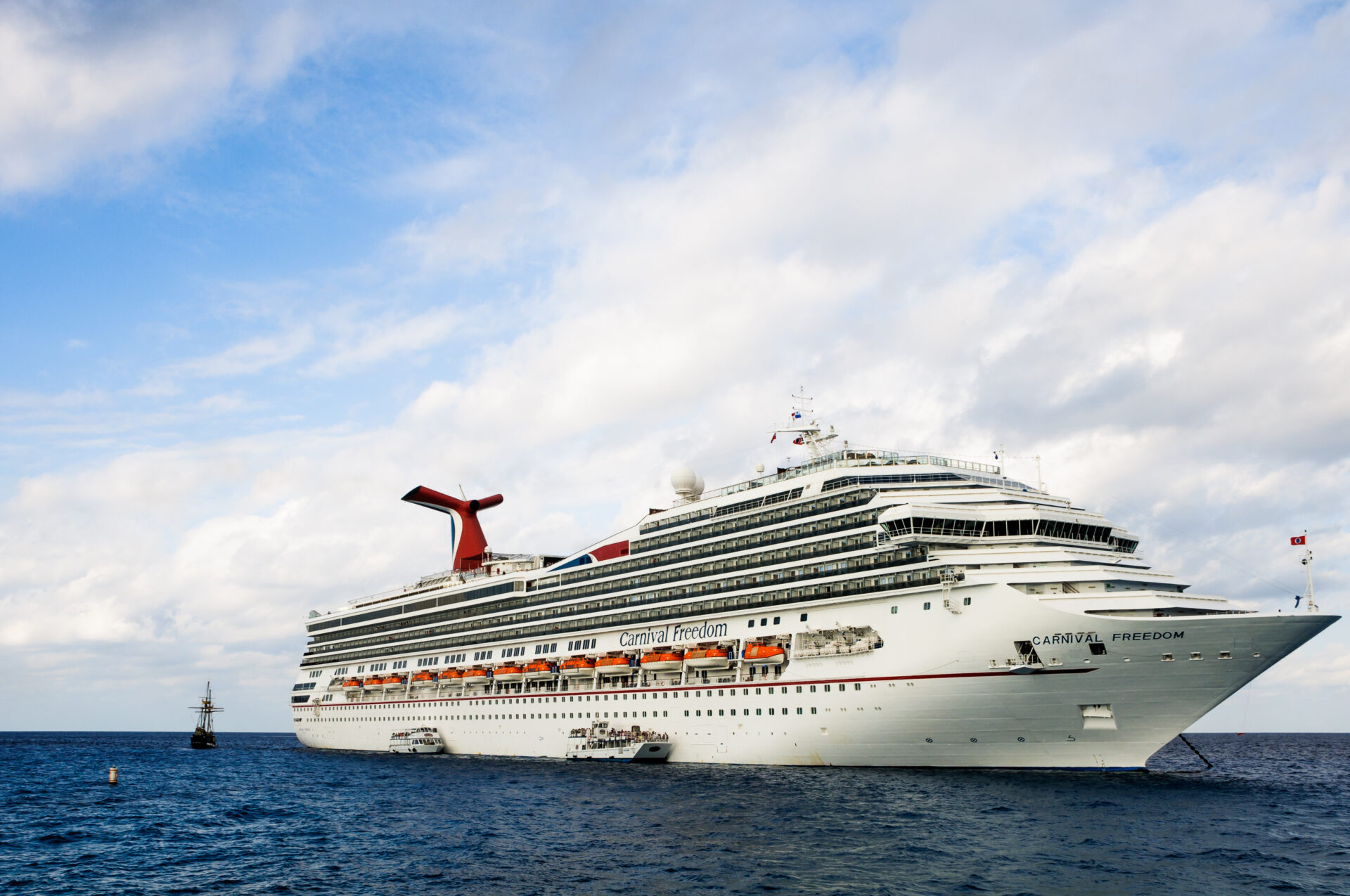
While it is quicker and more convenient for a cruise ship to dock with its guests disembarking via a pier, there are benefits of tenders.
The option of tendering means that guests on large cruise ships can visit smaller islands and destinations that would otherwise be inaccessible.
Using a cruise tender can also provide some impressive views, particularly of the cruise ship as you travel away from it. It’s a new and somewhat fun experience to enjoy as part of your cruise holiday too.


